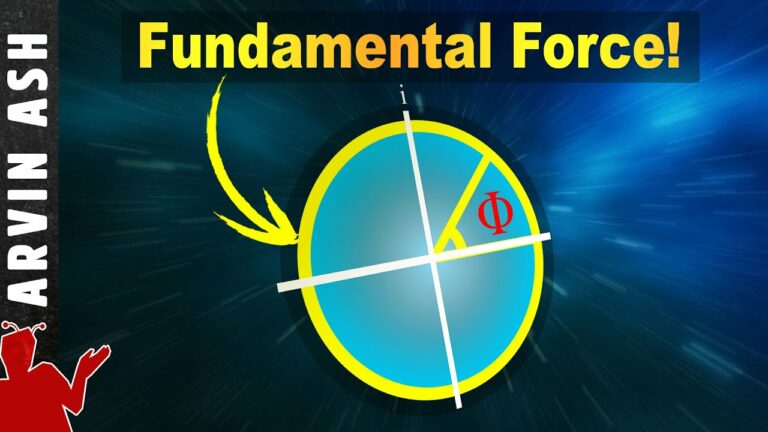Is Symmetry the Foundation of the Universe? Gauge Theory has an Answer
If you ask a physicist, what is at the core of physics, you will hear symmetry. What is symmetry? Gauge theory explained simply.
Symmetry is about actions that don’t change anything. If we take an equilateral triangle, and put a mirror from one corner to the middle of the opposite side, we will see that the whole triangle. This is a symmetry of the equilateral triangle. Similarly we can rotate the triangle by 120 degrees, and it will look identical to what it was before.
What we just did is a simple example of something more complex – group theory. Group theory is the math behind the symmetries.The mathematics behind the symmetries of the equilateral triangle is called the dihedral GROUP of degree 3, where 3 refers to the triangle having three corners. We can change the elements, or permutations, using two different operations, rotation, and reflection. These two operations are called generators. The result of applying a generator doesn’t change anything visible. This is symmetry.
Symmetries give us rules for how to transform something while conserving a quantity. For the triangle, that conserved quantity is its shape, and the generators are rotation and reflection.
This leads us to Noether’s theorem which states that “For every symmetry there is a corresponding conservation law.” This directly connects symmetries with conserved quantities.
What happens if we take the limit of a polygon with an infinite number of edges? We get a circle. A circle of some radius, r, can be described on a 2D plane using polar coordinates by two equations. If we use complex numbers to represent the circle, we can write it with just ONE equation. This allows us to write one complex equation that achieves the same mathematically as two real equations.
It turns out that there’s also a symmetry group associated with this circle of complex numbers with a radius or magnitude of 1. It is called the U(1) group. The elements of the group are all the infinite possible angles phi around the circle.
Quantum mechanics is built on complex numbers. We can apply the symmetry with the simple transformation of moving around the circle. Do described the movement of fermions, we can use the Dirac equation. It describes any matter particle, like an electron, with some mass m moving in space. It does not describe any forces.
If U(1) symmetry exists, it would mean that if we applied our transformation, the Lagrangian would not change. The problem is that the Lagrangian DOES change when we apply this transformation, so this tells us that no U(1) symmetry exists.
However, if we modify the equation, by adding a new quantum field to the theory, a gauge field, we can get a symmetry. Another name for a gauge field is a force. Our theory works, and obeys U(1) symmetry transformations if we add some new terms to the equation. It turns out that this new term describes the electromagnetic force. The entire theory of Quantum Electrodynamics can be derived by the new transformed equation.
So by taking a theory for fermions (Dirac equation) and demanding a U(1) transformation we got the theory of electromagnetism. Similarly, the standard model is constructed to respect three symmetries or special unitary groups. And each group leads to a symmetry resulting in a conservation law and a fundamental force.
The U(1) group gives us conservation of electric charge, and is associated with the electromagnetic force. The SU(2) group gives us conservation of weak isospin, or weak charge, and is associated with the weak force. The SU(3) group leads to conservation of color charge and is associated with the strong force. It leads to the theory of quantum chromodynamics.
In addition, the number of generators corresponds to the number of bosons involved with each force. U(1) has one generator and one photon. SU(2) has 3 generators and 3 W+, W-, and Z. SU(3) has 8 generators and 8 different gluons.
Symmetries seem to be the foundation of the laws of physics. Why this is the case is something no one knows.
Do not forget to share your opinion with us to provide you with the best posts !




0 Comments